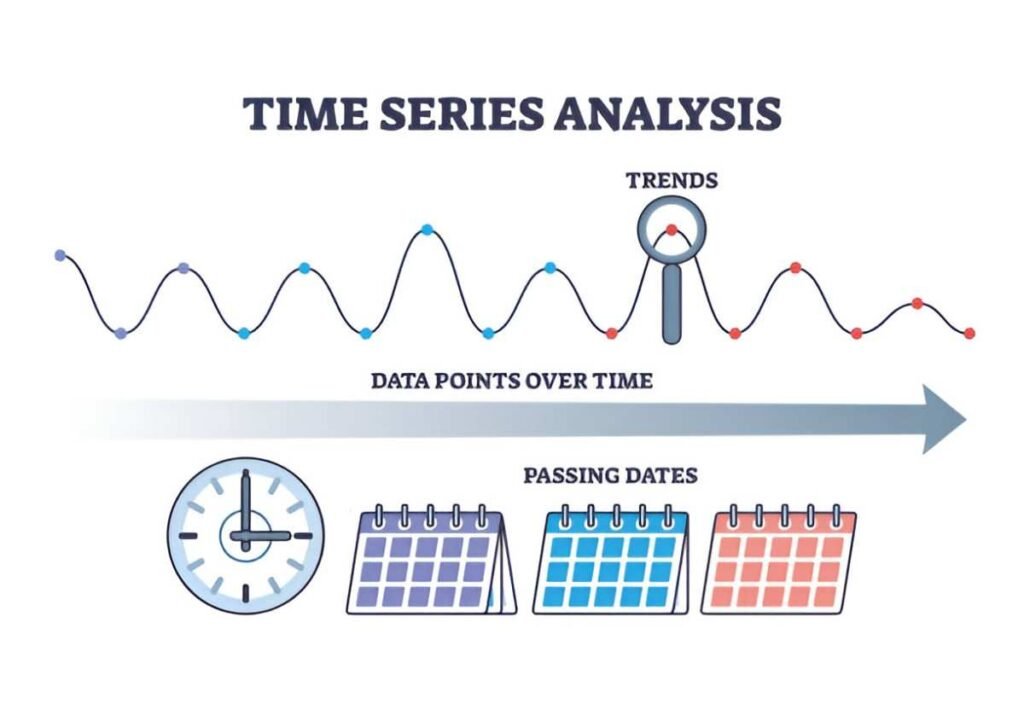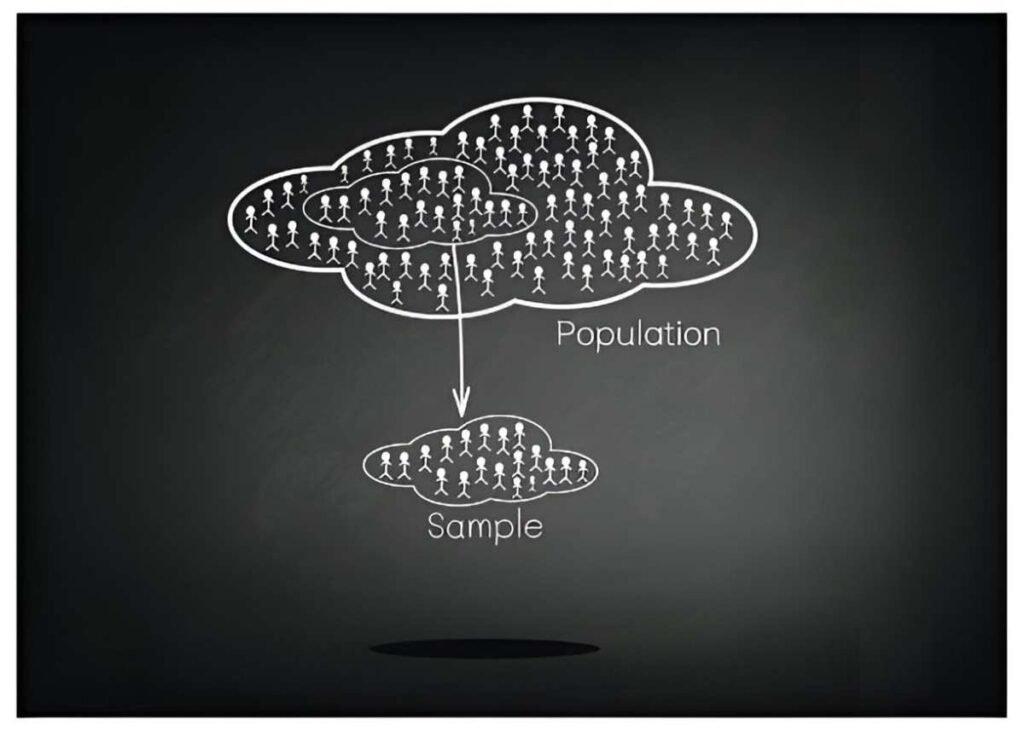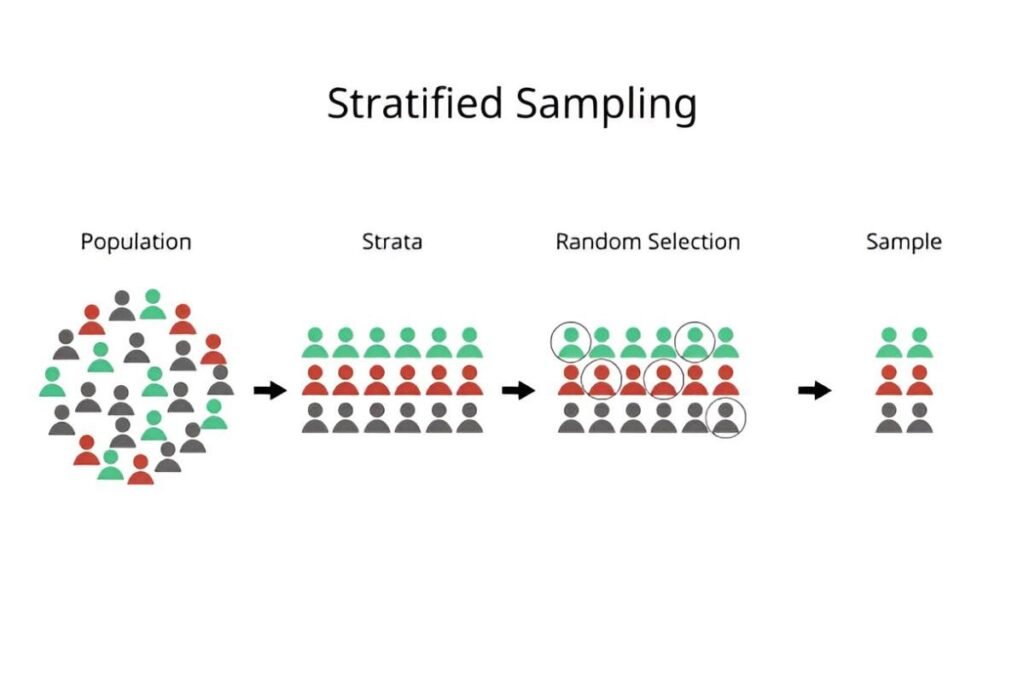Introduction
Financial analysis relies on various metrics to assess a company’s performance. One critical aspect is volume variance, which helps identify discrepancies between expected and actual business activity. Understanding volume variances allows businesses to pinpoint inefficiencies and optimize resource allocation. In this article, I will explain volume variances, their calculation, interpretation, and significance in financial analysis.
Table of Contents
Understanding Volume Variance
Volume variance measures the difference between expected and actual output, often in terms of production or sales. It helps businesses determine whether deviations arise from operational inefficiencies, market demand fluctuations, or pricing strategies. Volume variance is a crucial metric for cost control and profitability analysis.
Types of Volume Variances
There are two primary types of volume variances:
- Sales Volume Variance – The difference between expected and actual sales volume, impacting revenue.
- Production Volume Variance – The difference between budgeted and actual production output, affecting cost structures.
Each variance type has financial implications that businesses must analyze to make informed decisions.
Sales Volume Variance
Sales volume variance assesses how well a company meets its sales targets. It is calculated as:
\text{Sales Volume Variance} = (\text{Actual Sales Volume} - \text{Budgeted Sales Volume}) \times \text{Budgeted Selling Price}Example:
A company expects to sell 10,000 units of a product at $50 per unit. However, it sells 12,000 units. The sales volume variance is:
(12,000 - 10,000) \times 50 = 2,000 \times 50 = 100,000A positive variance of $100,000 indicates higher-than-expected revenue due to increased sales.
Production Volume Variance
Production volume variance measures the difference between actual and expected production levels, often linked to fixed costs. It is calculated using:
\text{Production Volume Variance} = (\text{Actual Production} - \text{Budgeted Production}) \times \text{Fixed Overhead Rate}Example:
A factory budgets 5,000 units with a fixed overhead rate of $20 per unit but produces 4,500 units. The variance is:
(4,500 - 5,000) \times 20 = (-500) \times 20 = -10,000A negative variance of $10,000 indicates underutilization of fixed resources, leading to inefficiencies.
Interpretation of Volume Variances
Favorable vs. Unfavorable Variances
| Variance Type | Favorable Scenario | Unfavorable Scenario |
|---|---|---|
| Sales Volume | Higher actual sales than expected | Lower actual sales than expected |
| Production Volume | Higher actual production than budgeted | Lower actual production than budgeted |
A favorable variance suggests better-than-expected performance, while an unfavorable variance signals potential problems that require management attention.
Factors Influencing Volume Variances
Several factors contribute to volume variances:
- Market Demand: Changes in consumer preferences affect sales volume.
- Production Efficiency: Machine breakdowns or labor shortages impact production levels.
- Economic Conditions: Inflation, interest rates, and supply chain disruptions influence both sales and production.
- Competitive Strategies: Price changes and marketing efforts alter customer behavior.
How to Address Volume Variances
Businesses should adopt strategic approaches to manage volume variances effectively.
1. Sales Volume Variance Strategies
- Market Research: Understanding customer demand helps align sales forecasts with reality.
- Dynamic Pricing: Adjusting prices based on demand fluctuations maximizes revenue.
- Effective Promotions: Marketing campaigns drive sales, reducing unfavorable variances.
2. Production Volume Variance Strategies
- Efficient Resource Allocation: Optimizing labor and materials enhances production capacity.
- Technology Investments: Automation reduces production bottlenecks.
- Flexible Supply Chain: Adapting to raw material availability minimizes disruptions.
Real-World Application of Volume Variance Analysis
Consider a manufacturing company analyzing its performance using volume variance metrics.
| Metric | Budgeted | Actual | Variance | Interpretation |
|---|---|---|---|---|
| Sales Volume (Units) | 50,000 | 55,000 | +5,000 | Favorable |
| Selling Price ($) | 30 | 30 | 0 | Neutral |
| Revenue ($) | 1,500,000 | 1,650,000 | +150,000 | Favorable |
| Production Volume (Units) | 40,000 | 38,000 | -2,000 | Unfavorable |
| Fixed Overhead Rate ($) | 10 | 10 | 0 | Neutral |
| Overhead Cost ($) | 400,000 | 380,000 | -20,000 | Favorable |
In this case, increased sales led to higher revenue, but reduced production may require further investigation.
Conclusion
Volume variance analysis is essential for businesses to assess financial performance accurately. By identifying and addressing variances in sales and production, companies can optimize operations and improve profitability. Regular variance analysis helps businesses stay competitive in dynamic markets. A strategic approach to volume variances enhances decision-making, ensuring sustainable growth.





